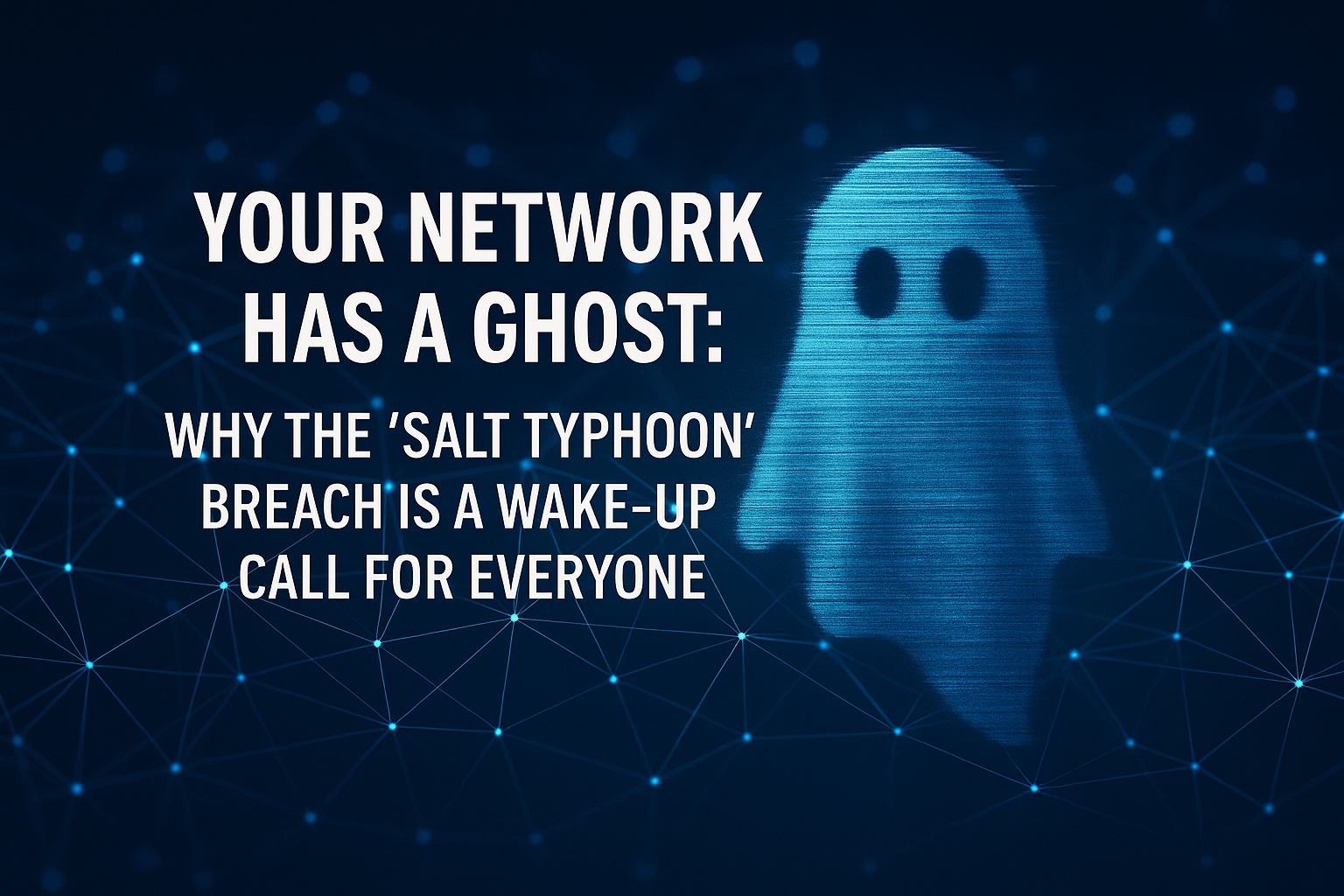So, grab your coffee and pull up a chair. We need to talk about something that sounds like it’s ripped from a cyberpunk novel but is happening right now. A headline recently exploded on Reddit, stating that all US forces must now operate under the assumption that their networks are compromised. Thats not a drill. Its a direct response to a sophisticated hacking group dubbed “Salt Typhoon,” and it signals a massive shift in how we think about cybersecurity, from the Pentagon all the way down to our own devices.
Who is the Ghost in the Machine?
First off, let’s break down who we’re talking about. “Salt Typhoon” is the name given to a highly skilled, state-sponsored hacking group. Think of them less like digital vandals and more like covert spies. Their signature move is something called “living off the land.” Instead of using loud, obvious malware that security software can easily spot, they sneak in and use the tools that are *already* on the systemstandard Windows administration tools, for example. Its like a burglar breaking into a house and then using the owner’s own toolkit to disable the alarms and map out the floor plan. This makes them incredibly stealthy and allows them to remain hidden for months, or even years, learning, watching, and waiting.
The New Rulebook: Assume You’re Already Hacked
For decades, the cybersecurity playbook was all about building a digital fortressa strong firewall, antivirus software, the whole nine yards. This was the “castle and moat” strategy. But Salt Typhoon and groups like them just walk right through the front gate disguised as friendly locals. This is why the directive for US forces to “assume compromise” is such a game-changer. Its an official admission that the fortress has been breached. The new strategy, often called a “Zero Trust” architecture, is to assume the enemy is already inside the walls. This means every user, every device, and every connection has to be continuously verified. Its about constant vigilance, hunting for internal threats, and making sure that if one part of the network is compromised, the intruders can’t move freely to other areas.
Why This Isn’t Just a Military Problem
Its easy to read this and think, “Wow, that’s wild, but it’s a national security issue, not my problem.” But here’s the thing: the same tactics are being used against corporations, hospitals, city governments, and critical infrastructure like our power grids and water systems. The goal of these “living off the land” attacks isn’t always to cause immediate chaos. Often, it’s about pre-positioning assets for a future conflict or stealing intellectual property without anyone noticing until it’s far too late. The techniques pioneered by groups like Salt Typhoon are trickling down to the world of cybercrime, making ransomware and data theft attacks more sophisticated than ever. We’re all living in the same interconnected digital ecosystem.
This whole situation is a sobering reminder that in the digital age, the idea of a perfectly secure, impenetrable network is a fantasy. The game has shifted from prevention to resilience. Its no longer just about keeping the bad guys out; it’s about being able to function even when you know they’re already in. It makes you rethink what digital safety really means. So, the next time you put off that software update or reuse an old password, maybe ask yourself: what if there’s already a ghost in my machine? What’s one small thing I can do today to make its job a little harder?

